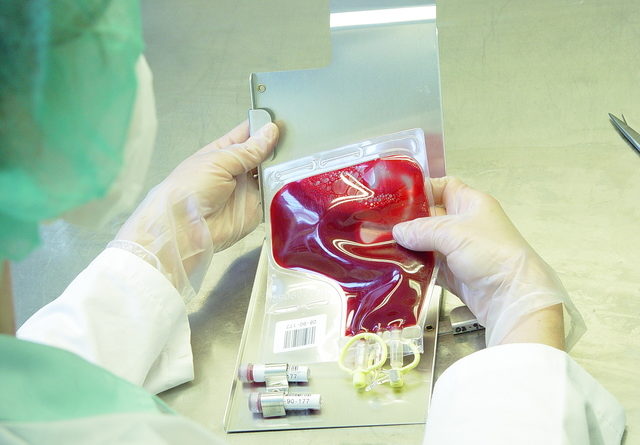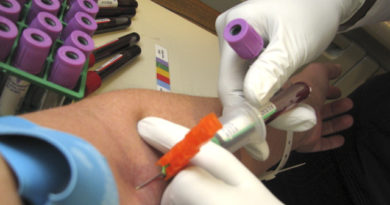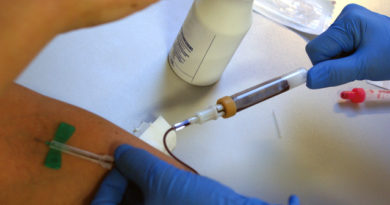Safety In Phlebotomy
The act of drawing blood is generally routine and is done innumerable times each day without incident. Even so, there are certain risks associated with the procedure. A certified phlebotomist is trained in safety measures that are designed to minimize the risks involved. These measures serve to protect both the patient and the phlebotomist.
Phlebotomists are working in a field that puts them at risk. As they handle blood on a daily basis, they are in danger of possibly coming into contact with that blood. At times, the blood that is handled by the phlebotomist might be infected. Many diseases, including the likes of Hepatitis and HIV, are contracted through contact with infected blood..
Safety Measures For Phlebotomists

Gloves
One of the simplest, yet most important, safety precautions that the phlebotomist uses is gloves. Gloves provide protection against inadvertent contact with a patient’s blood.
Almost as important as wearing gloves is disposing of them. Gloves should be discarded immediately upon becoming contaminated and a new pair donned.
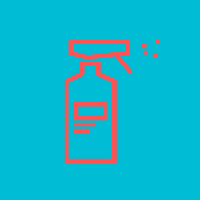
Surface Sanitation
Another area of concern with regards to safety, both for the patient and phlebotomy technician, is sanitation of surfaces.
Any surface which blood has contacted should be sanitized and disinfected immediately. This includes counters, chairs, tables, and any other items exposed to the patient’s blood.
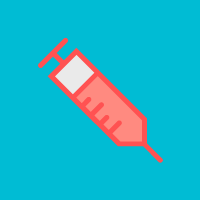
Needles
One of the greatest safety matters in phlebotomy revolves around needles, often referred to as sharps. One of the most frequent mishaps in phlebotomy is accidental sticks from a needle. The manner in which needles are handled is of prime importance. The phlebotomist must be alert at all times and exercise the utmost care when handling needles so as to not inadvertently stick themselves or someone else with a used needle.
Disposal of used needles is also of major concern. Upon completion of a venipuncture, the needle should immediately be placed in a disposal container. The container must be clearly labeled as to its purpose and should be leak-proof and resistant to puncture from the sharps.

Safety Standards
The Occupational Safety and Health Administration (OSHA) issues the Bloodborne Pathogens Standards which details the safety precautions for the phlebotomy industry. The standards and procedures set forth by OSHA address issues related to cleaning and sanitizing, protective gear and clothing, and needle disposal.
Adhering to their guidelines helps to reduce the risk to the patient, as well as the phlebotomist.
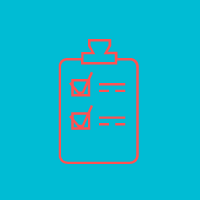
Policies and Procedures
There are other issues of safety that come into play. Hospitals, labs, and other medical facilities that employ phlebotomists usually have policies and procedures in place for dealing with a patient that faints or gets dizzy or light-headed during a venipuncture.
Being aware of these procedures is vital to the safety of all.
The field of phlebotomy can be a very rewarding career choice. Knowing and heeding the rules of safety, coupled with being alert at all times, will greatly reduce the risks involved for the certified phlebotomist.
What You Should Read Next:
- Want to know more about phlebotomy salaries?
- Learn how to become a phlebotomist, step by step
- Explore phlebotomy resources

